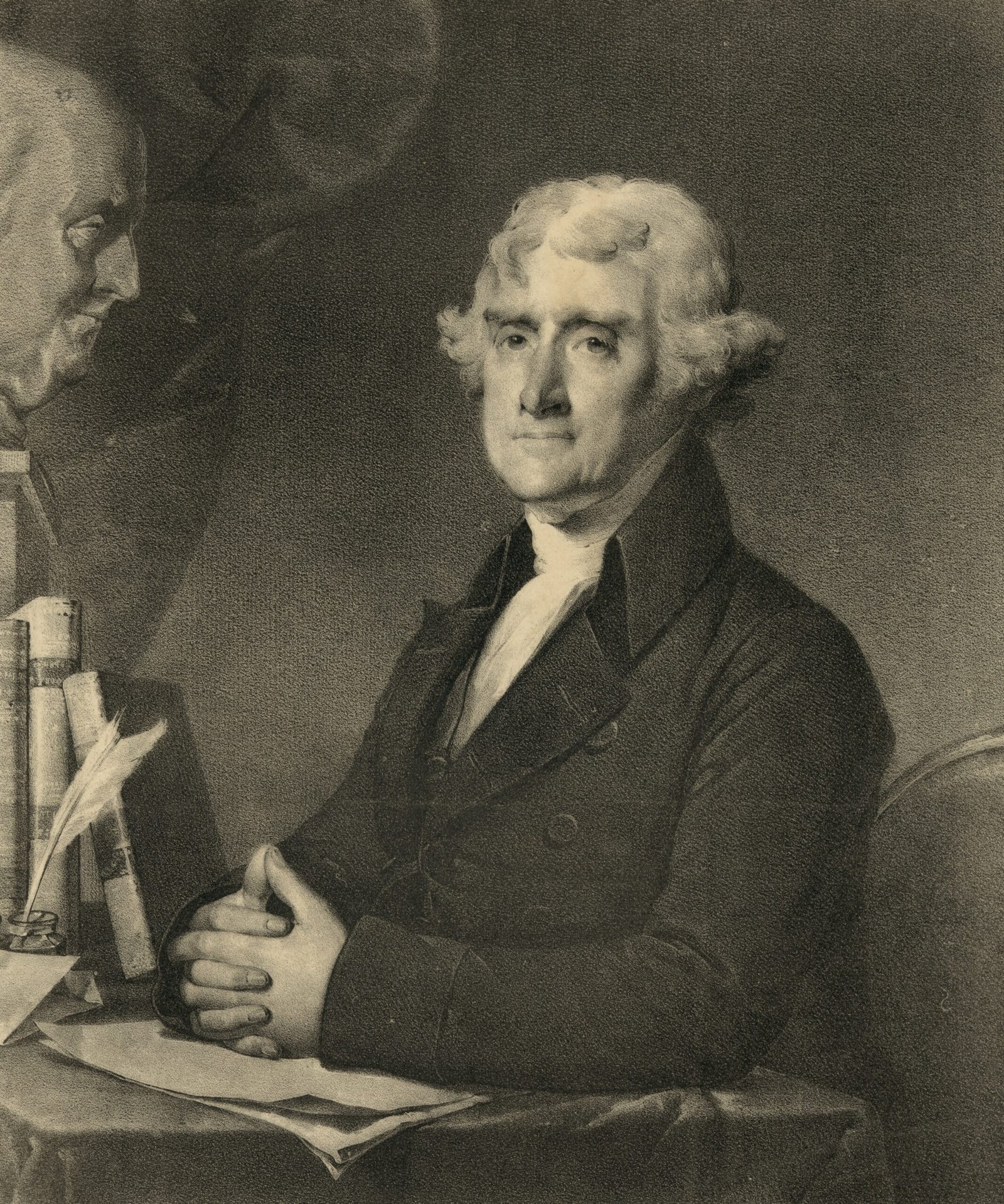Background on Yahya Sinwar and His Role in Hamas
Yahya Sinwar, a prominent figure within Hamas, has significantly influenced the group’s strategies and operations against Israel. Born in 1962 in Khan Younis, Gaza, Sinwar’s early life was characterized by the socio-political turmoil of the region. He was first arrested at a young age for participating in protests against the Israeli occupation, reflecting his early commitment to Palestinian nationalism. Upon his release from prison, Sinwar became increasingly involved in Hamas, a political and militant organization that propagates armed resistance as a means to liberate Palestine.
Sinwar’s ascent in Hamas was marked by his role in establishing military wing operations. In the 1980s, he contributed to the formation of the Izz ad-Din al-Qassam Brigades, where he played a crucial part in orchestrating attacks against Israeli targets. His reputation as a skilled military strategist burgeoned during the Second Intifada, a period of heightened violence and clashes between Palestinians and Israeli forces. His leadership style, often described as authoritarian, emphasized discipline and loyalty, which helped consolidate his power within the group’s hierarchy.
After spending over 20 years in Israeli prisons, Sinwar returned to Gaza in 2011, where he quickly rose to prominence within Hamas. He became a key political figure, adept at navigating the complexities of Palestinian politics and the various factions within Gaza. Under his leadership, Hamas adopted a dual approach of political engagement alongside military resistance, allowing the group to maintain influence while continuing its opposition to Israeli policies. Sinwar’s ideological motivations, deeply rooted in Islamic resistance and Palestinian nationalism, have fueled Hamas’s sustained military posture against Israel, marking him as a significant player in the ongoing conflict.
The Circumstances Leading to the Encounter
The death of Hamas leader Yahya Sinwar was not a mere coincidence but the result of meticulous planning and advanced intelligence operations by Israeli forces. In the weeks leading up to the encounter, Israeli intelligence agencies intensified their surveillance efforts in Gaza, prioritizing the monitoring of high-ranking Hamas officials. This marked a significant escalation in Israel’s long-standing campaign against Hamas, particularly in light of the ongoing security threats posed by the militant organization.
Utilizing a combination of human intelligence, signals intelligence, and technological advancements, the Israeli military succeeded in gathering critical information about Sinwar’s movements and routines. Reports indicated that Israeli operatives were able to pinpoint potential locations frequented by the Hamas leader, refining their analysis through the interception of communications among Hamas operatives. These operations were complemented by satellite imagery that offered real-time updates on troop movements, which allowed Israeli forces to adapt their strategies accordingly.
The geopolitical landscape during this period also contributed significantly to the circumstances surrounding Sinwar’s encounter. Heightened tensions in the region, spurred by escalated rocket fire from Gaza into Israeli territories, prompted a more aggressive response from Israeli forces. The intelligence reports indicated that the potential for an imminent escalation of hostilities was high, making the elimination of key figures within Hamas essential for preventing further attacks.
As the operatives honed in on Sinwar’s probable location, the dynamics of the encounter took shape. The strategic significance of the operation was underscored by its timing; it not only aligned with an intensive nationwide security assessment but also coincided with regional developments that indicated a moment of vulnerability for Hamas. In light of these factors, Israeli forces set a plan in motion that culminated in the critical encounter which ultimately led to Yahya Sinwar’s death.
The Encounter: What Happened and Its Immediate Aftermath
On a fateful day, Israeli intelligence operatives received critical information regarding the whereabouts of Yahya Sinwar, the leader of Hamas. This intelligence specifically pinpointed his location within a densely populated area in Gaza, which is notorious for its high levels of militant activity. The operation commenced with a well-coordinated maneuver involving advanced surveillance and ground forces, aiming to minimize civilian casualties while effectively targeting Sinwar.
As the Israeli forces closed in on Sinwar’s location, the operation was marked by heightened tensions. Hamas fighters, alerted to the presence of Israeli troops, immediately initiated defensive measures, resulting in a chaotic exchange of gunfire. The specificity and precision of the Israeli operation were evident as they executed their mission with remarkable efficiency, amidst the surrounding chaos. Reports indicate that the clash lasted for several tense minutes, during which both sides exhibited tactical maneuvers akin to a high-stakes chess match.
Following the encounter, the immediate aftermath was characterized by a palpable sense of alarm. Hamas leadership swiftly convened emergency meetings to assess the situation and formulate a strategic response. Public sentiment in Gaza was mixed, with a section of the populace expressing fear while others rallied in support of their leadership. Statements from various Hamas officials condemned the operation as an act of aggression, emphasizing the need for unity amongst Gazans in light of such provocations.
On the Israeli side, officials hailed the operation as a significant achievement, underscoring the importance of eliminating key figures within Hamas to ensure national security. They framed the encounter as a necessary step towards combatting terrorism, reiterating their commitment to preemptive action against entities that threaten Israel. This event not only marked a pivotal moment in the ongoing conflict but also set the stage for potential escalations in militant activities and counteractions within Gaza.
Broader Implications for the Israeli-Palestinian Conflict
The assassination of Hamas leader Yahya Sinwar has significant implications for the ongoing Israeli-Palestinian conflict. Sinwar was considered a formidable figure within Hamas, and his death could lead to a strategic reevaluation within the organization. Hamas has historically operated under a framework that emphasizes militant resistance against Israel, and Sinwar’s removal may prompt the group to consider shifts in its tactical approaches. Depending on the successor, we may see either a hardening of aggressive policies or a potential for a more diplomatic stance, influencing the conflict’s trajectory.
The power vacuum created by Sinwar’s assassination could lead to internal struggles within Hamas, as different factions vie for leadership. This uncertainty might weaken the organization’s cohesion, affecting its ability to govern effectively in Gaza and respond to escalating tensions with Israel. Conversely, a new leadership could emerge that is more radical, potentially harkening back to extremist rhetoric that escalates violence rather than facilitating peace.
On a broader scale, this event is likely to affect international perceptions of the Israeli-Palestinian conflict. Historically, high-profile assassinations have incited cycles of retaliation, pushing both sides further apart. The international community is also perceiving these developments through a lens that factors in humanitarian considerations, regional stability, and the long-stalled peace process. Critics may argue that such targeted actions diminish prospects for dialogue, further entrenching positions and diminishing chances for negotiations.
As tensions rise in the aftermath of this assassination, the potential for further violence looms. The cycle of retaliation could reassert itself, complicating efforts toward long-term solutions. The situation demands careful monitoring, as events unfold, revealing how Sinwar’s death will shape not only Hamas’s operations but also the broader landscape of Israeli-Palestinian relations moving forward.

